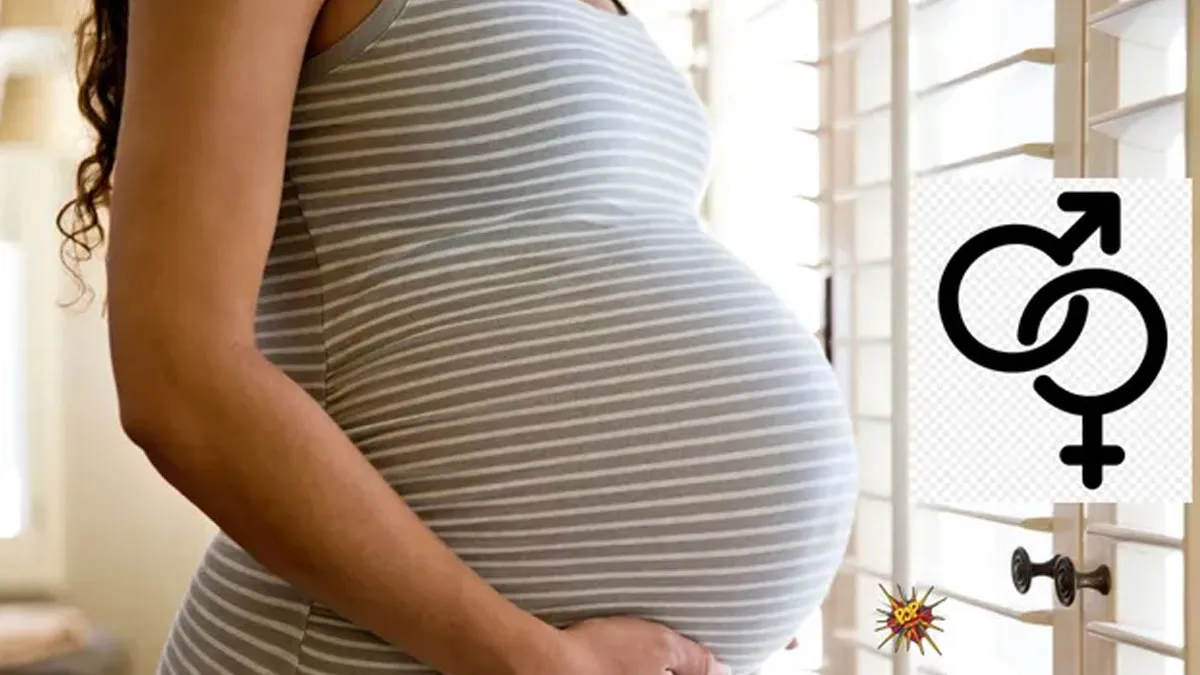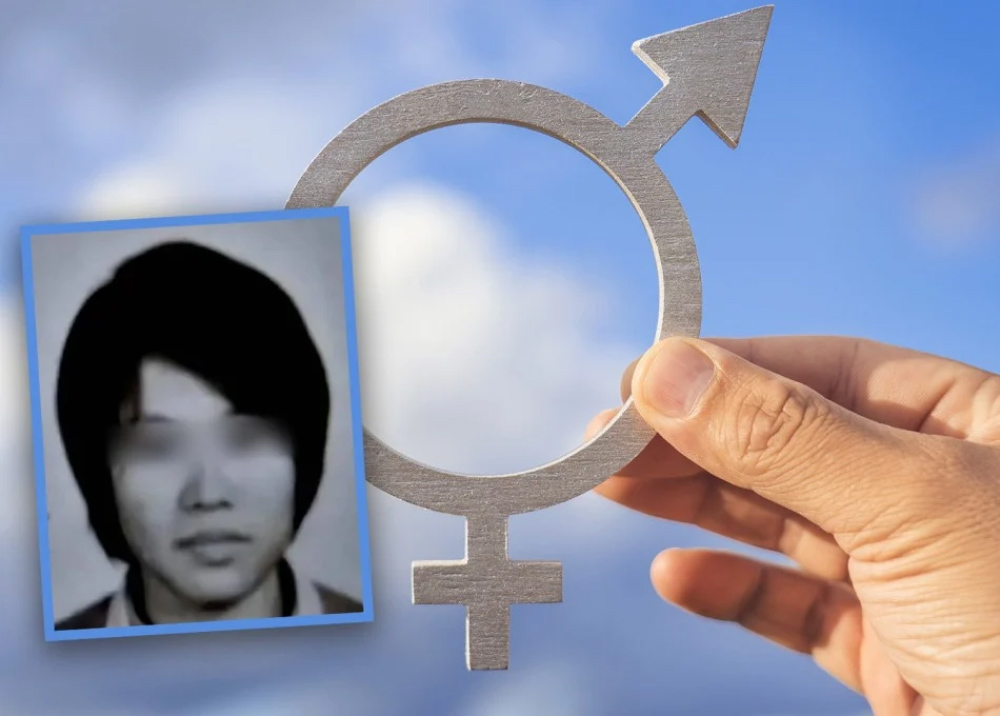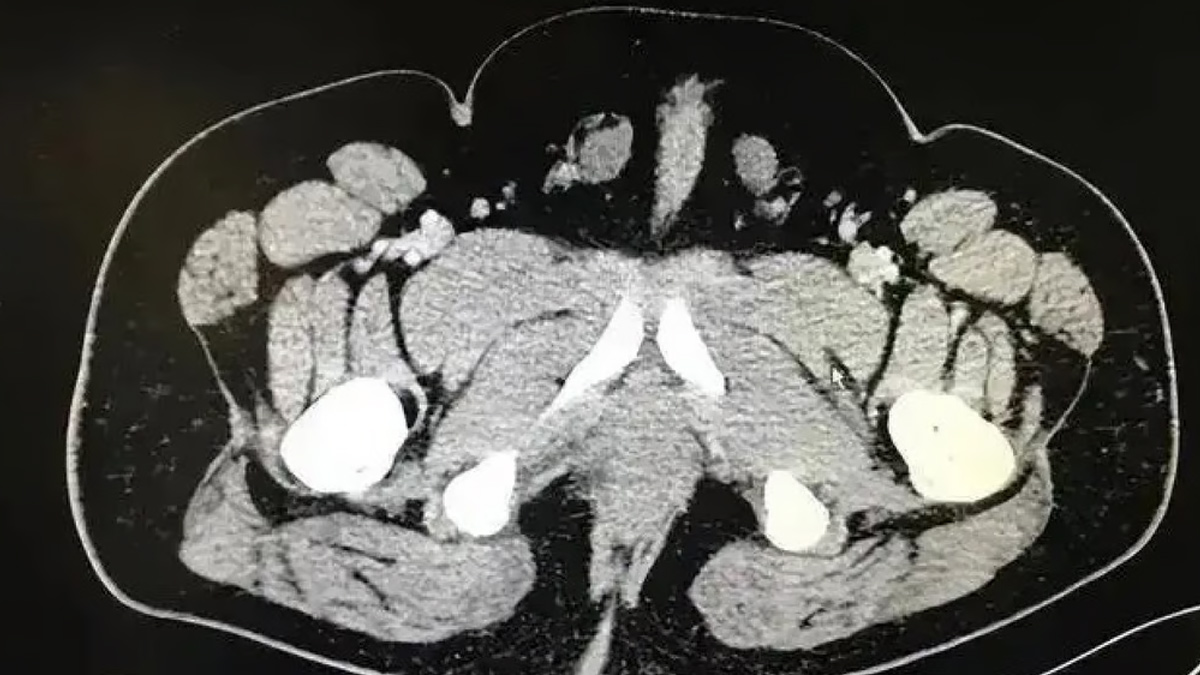
In a story that has captivated social media and the global public, a woman from southwestern China, surnamed Liu, has drawn attention due to her dual reproductive systems. Liu’s unique biological condition has made her both a mother and a father to her children. This extraordinary journey, marked by biological anomalies and societal challenges, sheds light on the rare and complex world of intersex conditions.
Table of Content:-
Liu’s Unusual Journey
Liu was born in Bishan County, located in China’s Chongqing municipality. From an early age, she faced significant societal pressure due to her appearance. Harassment followed her, particularly regarding her masculine features and the use of female restrooms. Despite these challenges, Liu identified as a woman, a fact reflected on her identity documents.
At 18, she married a man, surnamed Tang, and the couple had a son. However, Liu began experiencing significant physical changes, including the growth of facial hair, a reduction in breast size, and the development of male reproductive organs. These changes, linked to a surge in androgenic hormones, ultimately led to her divorce, with her husband taking custody of their son.

Moving to another county, Liu started working in a shoe factory, where she met a woman named Zhou. Although same-sex marriage remains illegal in China, Liu’s ex-husband agreed to marry Zhou, provided Liu financially supported their son. In an unexpected twist, Zhou later gave birth to a son, making Liu biologically the father.
The Science Behind Liu’s Condition
Liu’s story can be understood through the lens of a rare biological phenomenon called hermaphroditism, more commonly known as intersex in humans. This condition involves the presence of both male and female reproductive tissues in the same individual.
Also Read: Human Metapneumovirus Detected in China: The Next Health Alert After Coronavirus?
What Is Hermaphroditism?
Hermaphroditism is more commonly observed in plants and some animals, such as snails, slugs, and worms. In humans, it is referred to as disorders of sexual development (DSDs) or intersex conditions.
One specific form, ovotesticular disorder, involves the simultaneous presence of ovarian and testicular tissue. These tissues can exist separately or as a combination, termed an ovotestis. Individuals with this condition often have ambiguous genitalia and may exhibit characteristics of both sexes.

Chromosomal Complexity
Most intersex individuals have unique chromosomal patterns. For instance, they may possess a combination of male (XY) and female (XX) chromosomes, a phenomenon known as mosaicism. In some cases, a person may have XX chromosomes with evidence of male Y chromosomal material, adding to the complexity of their genetic makeup.
Liu’s Case: A Rare and Complicated Reality
Liu’s dual reproductive systems place her among an extremely rare subset of intersex individuals. Her biological makeup allowed her to conceive as a woman and later contribute as a biological father. The androgenic changes she experienced later in life align with conditions like female pseudohermaphroditism, where individuals have male external genitalia but retain female reproductive organs.
Also Read: CDC Reports Major Spike In Human Cases Of Rabbit Fever In The Last Decade
While Liu’s physical transformation has drawn medical interest, she has declined medical interventions such as gender reassignment surgery due to financial constraints. This choice reflects the broader challenges intersex individuals face, including the cost of treatment, societal stigma, and personal acceptance.
Navigating the Complexities of Intersex Conditions
Intersex individuals often encounter significant medical and social challenges. Historically, many underwent surgeries at birth to align with a specific gender, typically determined by predominant genital characteristics. However, this approach has sparked ethical debates, with critics emphasizing the importance of patient consent and autonomy.
Today, many experts advocate for delaying surgical interventions until individuals can make informed decisions about their bodies and identities. Hormonal therapies, counselling, and surgical options tailored to the individual’s needs are now preferred approaches.
A Story of Resilience
Liu’s life serves as a powerful testament to resilience in the face of biological, societal, and personal challenges. Her dual role as both mother and father to her children highlights the extraordinary possibilities of human biology and the importance of understanding and embracing diversity.
As science continues to advance, Liu’s story underscores the need for greater awareness, acceptance, and support for intersex individuals worldwide.
Also watch this video
How we keep this article up to date:
We work with experts and keep a close eye on the latest in health and wellness. Whenever there is a new research or helpful information, we update our articles with accurate and useful advice.
Current Version